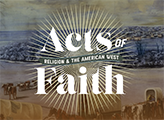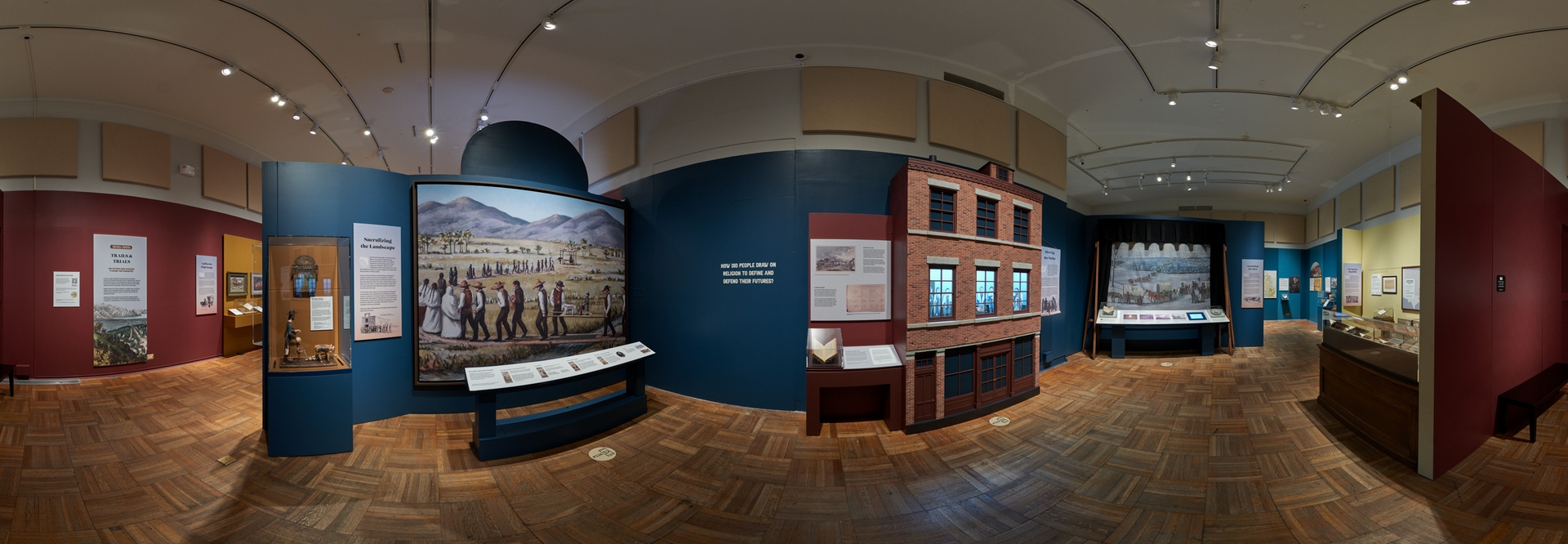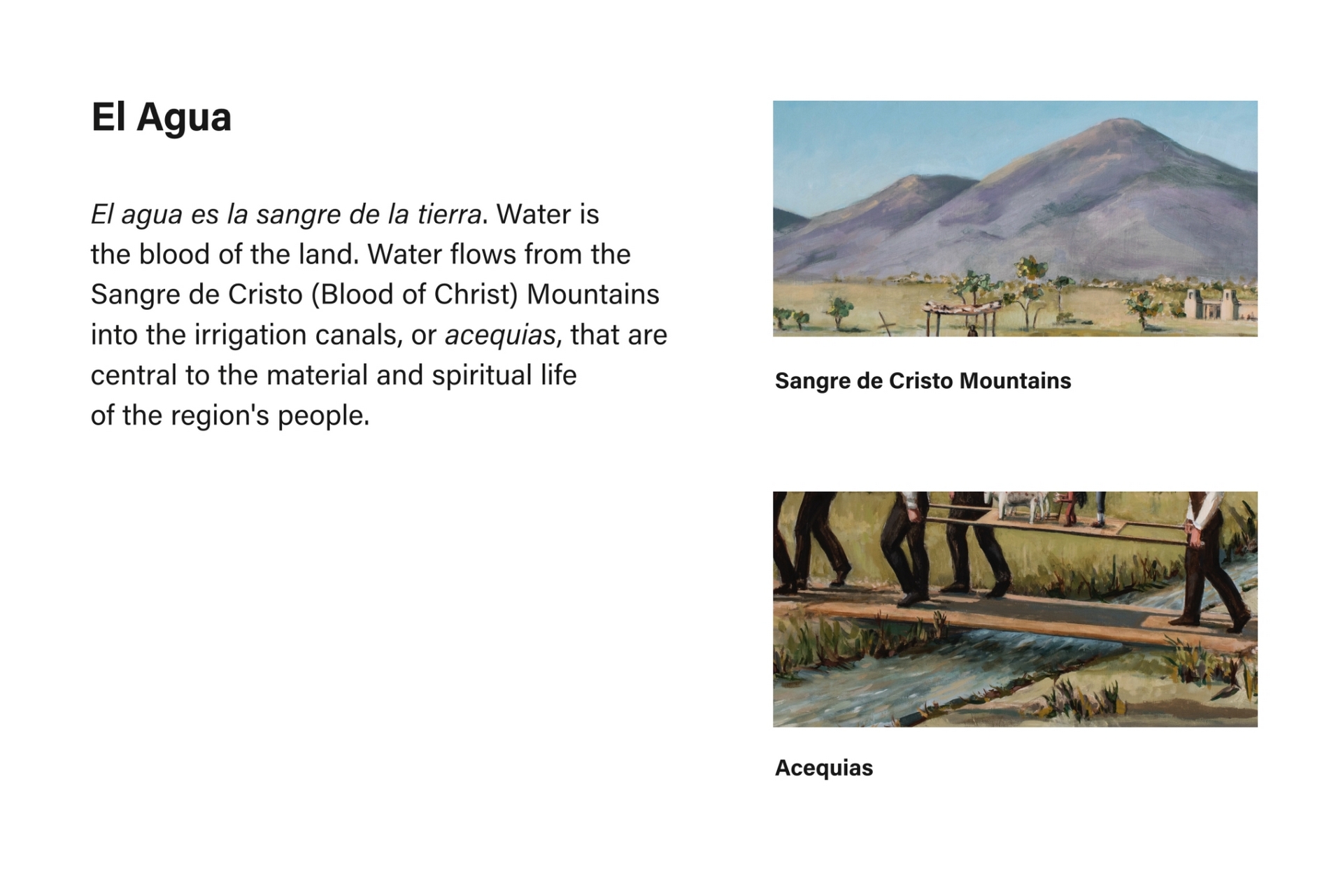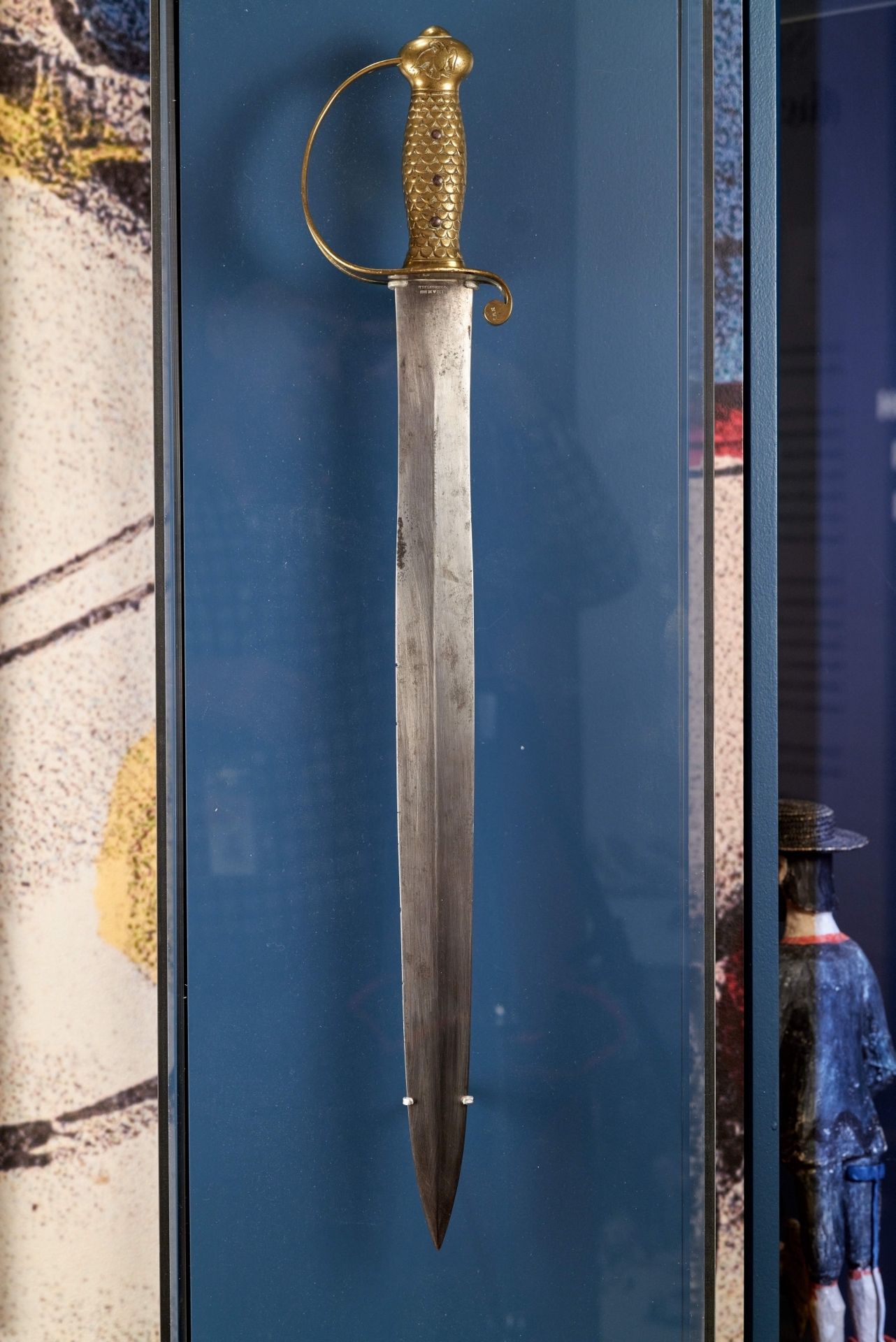




San Ysidro Labrador / St. Isidore the Farmer
San Ysidro is the patron
saint of farmers and agricultural laborers. In life, he was a pious 12th-century
Spanish farmhand. He was canonized in 1622 after miracles were attributed to
his intercession. These included the miracle of angels plowing the fields with
oxen while Ysidro was at prayer, and the miraculous fountain that sprang forth
after Ysidro struck the earth with his hoe to give his master a drink of water.
In Catholic belief, saints,
or santos, can help individuals
communicate with God. Visual representations of the saints are venerated as
holy objects and embodiments of faith. The New Mexicans who carried bultos (carvings) and retablos (paintings) of San Ysidro
through their fields were asking the saint to intercede with God to protect
them and help them realize their hopes.
This bulto of San Ysidro was created by José Benito Ortega, a prolific
New Mexican santero, or maker of
religious objects. In his rendering, the saint wears boots resembling the
moccasins worn by local Indigenous peoples.
San Ysidro
Feast Day Procession
The feast day starts the
previous night with prayers. At daybreak, the hymn to the dawn welcomes both
the sun and Christ, the son of God, to the world. Mass is held, and the
villagers begin their procession. A young person often leads the way, bearing a
cross followed by a line of people with San Ysidro and his porters bringing up
the rear.

San Ysidro Feast Day, Taos, Nuevo México. Commissioned for the exhibition, art by Laura Friedman and Elizabeth Steele


